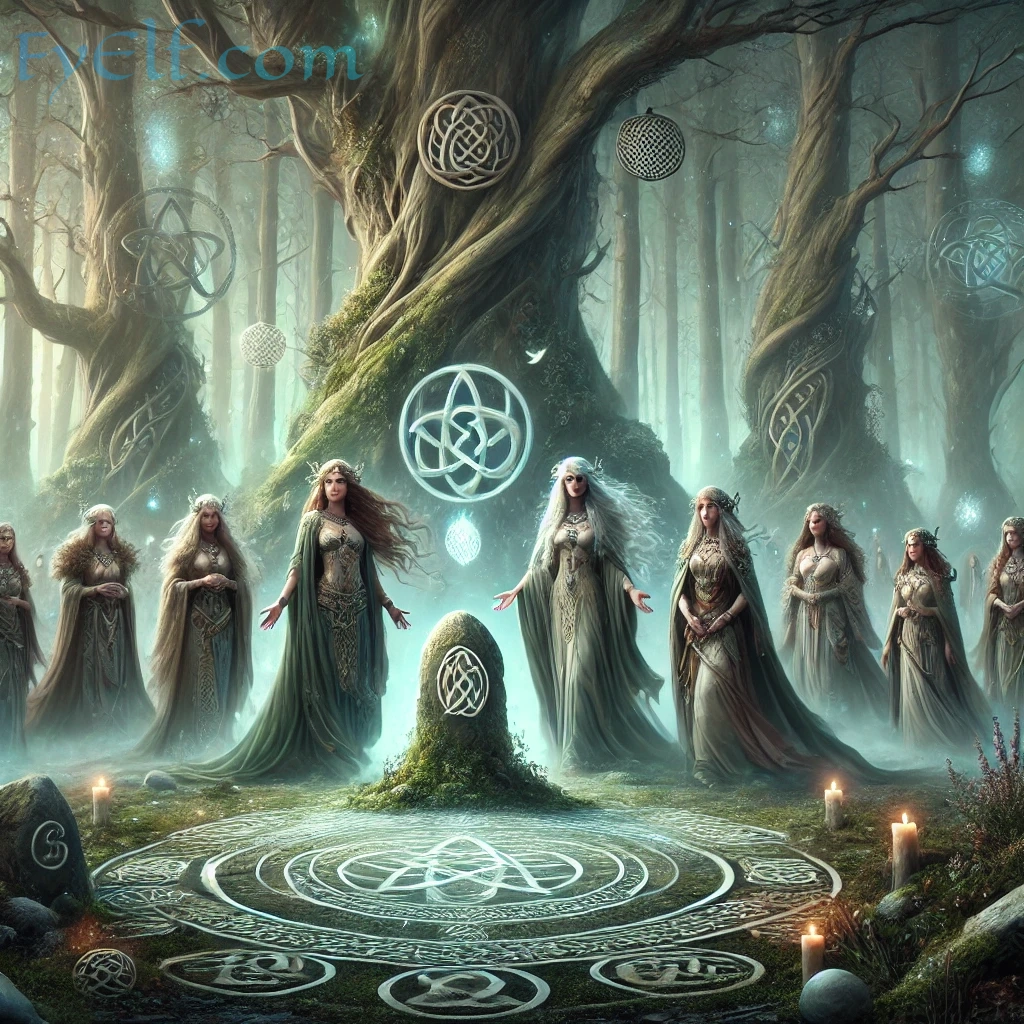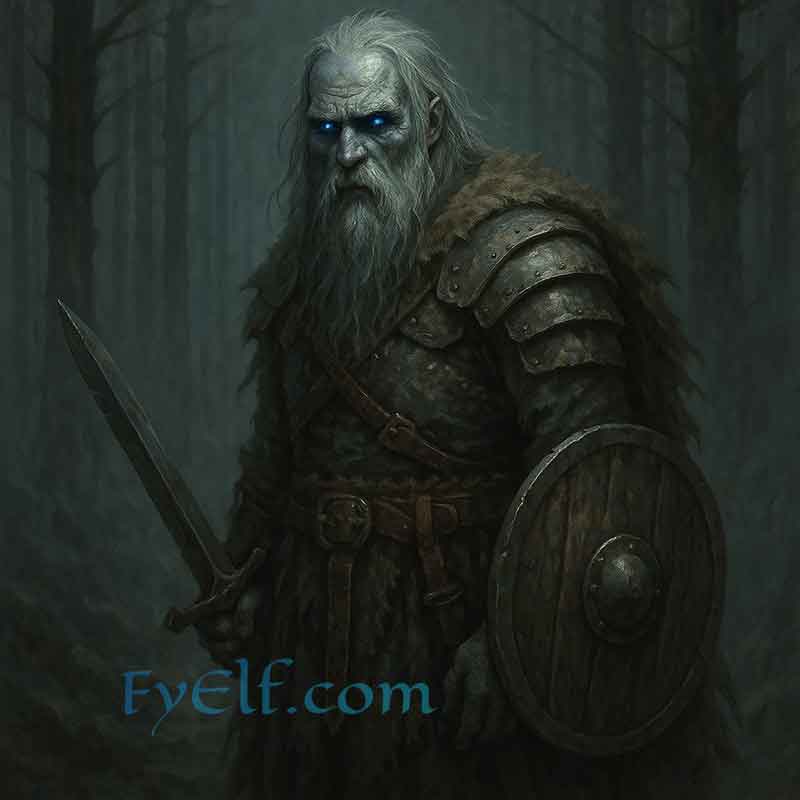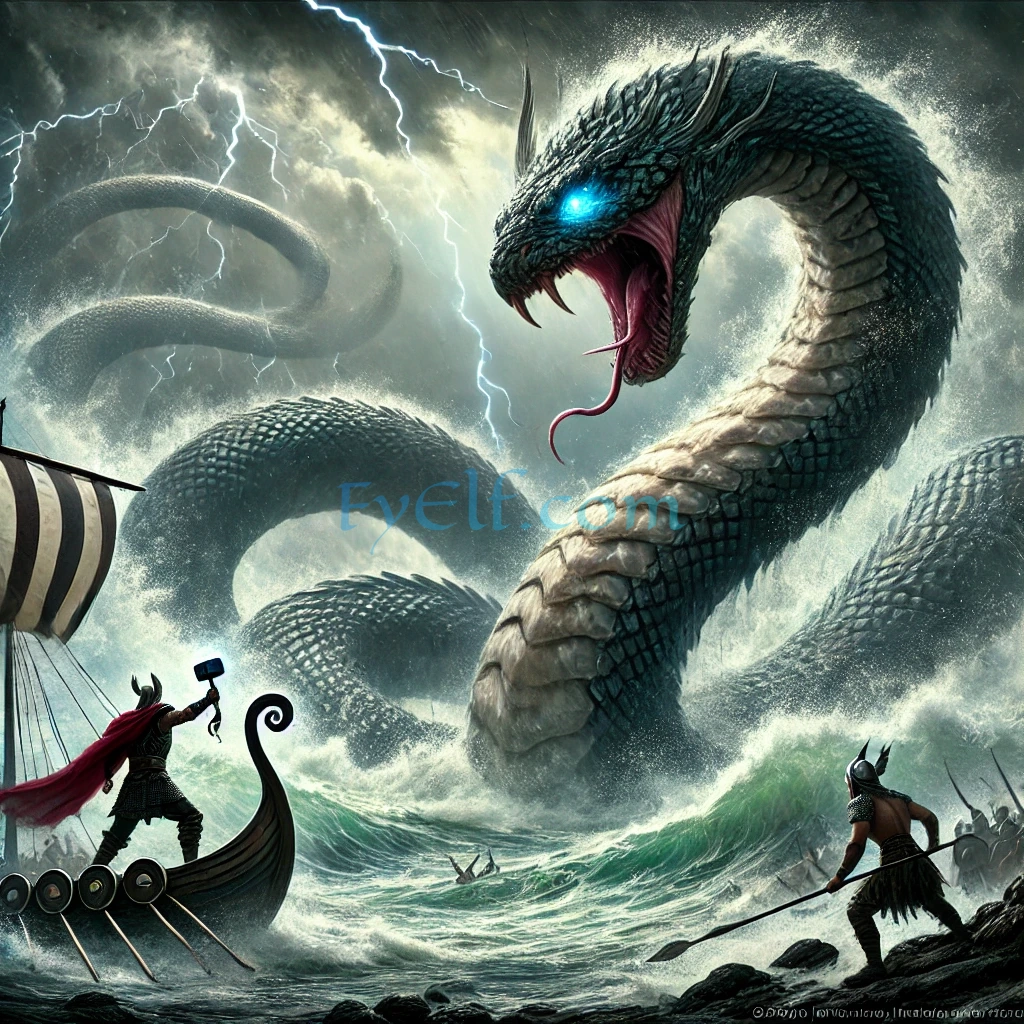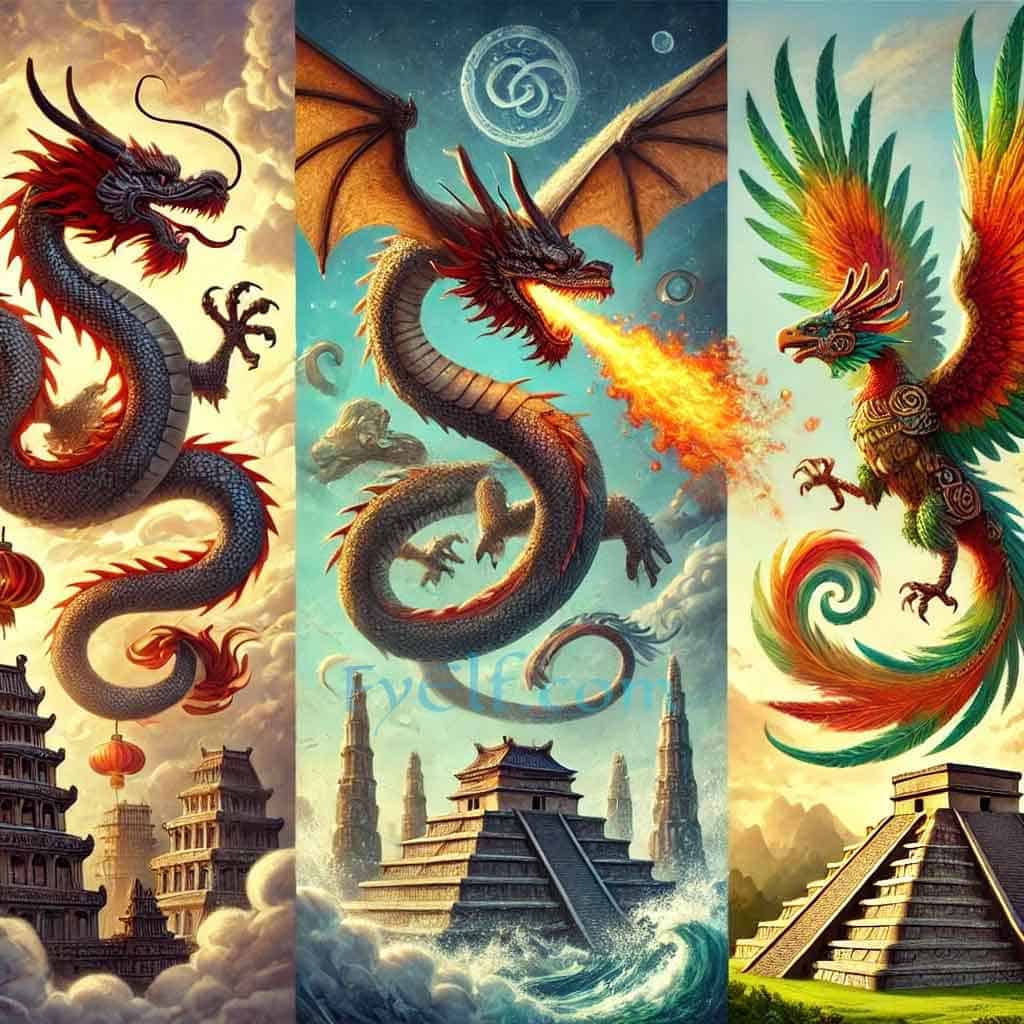Elves are deeply ingrained in the folklore and mythology of many cultures, but they have a special place in Celtic mythology. The Celts regarded them as powerful, mystical beings closely tied to nature and magic. Far from the more whimsical modern portrayals, Celtic elves were often seen as both guardians and potential tricksters, reflecting the duality present in many aspects of ancient belief systems.
Origins of Elves in Celtic Mythology
In ancient Celtic lore, elves can be traced back to the Aos Sí or Sídhe, a supernatural race that some believed were the spirits of the dead or remnants of the ancient gods. The Tuatha Dé Danann, a race of god-like figures who were said to have magical powers and ruled Ireland before the arrival of the Milesians, are also closely related to the elf-like figures in Celtic mythology.
- The Aos Sí: These beings were often associated with mounds or hills, where they were believed to live. These mounds, called sidhe, were thought to be entrances to the otherworld. The Aos Sí were seen as protectors of nature, and their presence was both revered and feared by humans.
- Scottish and Irish Folklore: In both Scottish and Irish traditions, elves or fairy folk had significant influence. They were often depicted as nature spirits, inhabiting forests, rivers, and glens. Stories often spoke of humans interacting with these creatures, sometimes being blessed and other times cursed depending on how they treated these mystical beings.
Elves in Celtic Lore and Legend
The elves were considered ambiguous beings, capable of great good or harm. Depending on the tale, they could grant favors or lead travelers astray, luring them into enchanted worlds from which they might never return. Unlike the smaller, often mischievous elves of modern fantasy, the Aos Sí and other elf-like beings of Celtic mythology were powerful and revered.
- Magic and Mysticism: These beings were known to wield powerful magic, including the ability to control the weather, shapeshift, and remain invisible. Their mystical abilities were feared and respected, and they often represented the unknown powers of nature.
- Celtic Festivals and Elves: Elves were often linked to certain times of the year, particularly during festivals like Samhain. It was believed that during these times, the veil between the human world and the otherworld was thinnest, allowing elves and other supernatural beings to interact with humans more easily.
Symbolism of Elves in Celtic Mythology
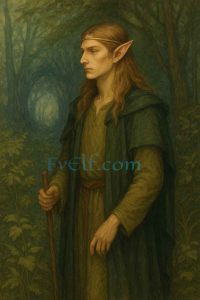
- Nature and Fertility: Elves were frequently associated with nature’s cycles, including growth and fertility. They were believed to influence the harvest, the land’s health, and the well-being of livestock. This connection underscores the ancient Celtic respect for the earth and its rhythms.
- Guardians of the Otherworld: Elves were seen as gatekeepers between the human world and the Otherworld, a mystical realm where the dead, gods, and magical creatures resided. They acted as intermediaries, often leading humans to this realm for either reward or punishment.
- Duality of Spirit: The dual nature of elves—both benevolent and mischievous—reflects the Celtic understanding of the balance between good and evil in the universe. They were neither fully malicious nor entirely good, but rather complex beings representing the unpredictability of life.
Modern Interpretations and Cultural Influence
While elves have been adapted and transformed in modern fantasy, many of their core traits can be traced back to their origins in Celtic mythology. Works such as J.R.R. Tolkien’s “The Lord of the Rings” drew heavily on both Celtic and Norse mythologies, where elves are portrayed as ancient, wise beings with deep connections to nature and magic.
In today’s popular culture, elves continue to symbolize a mystical link to nature and the supernatural, and their enduring popularity reflects their timeless appeal.
